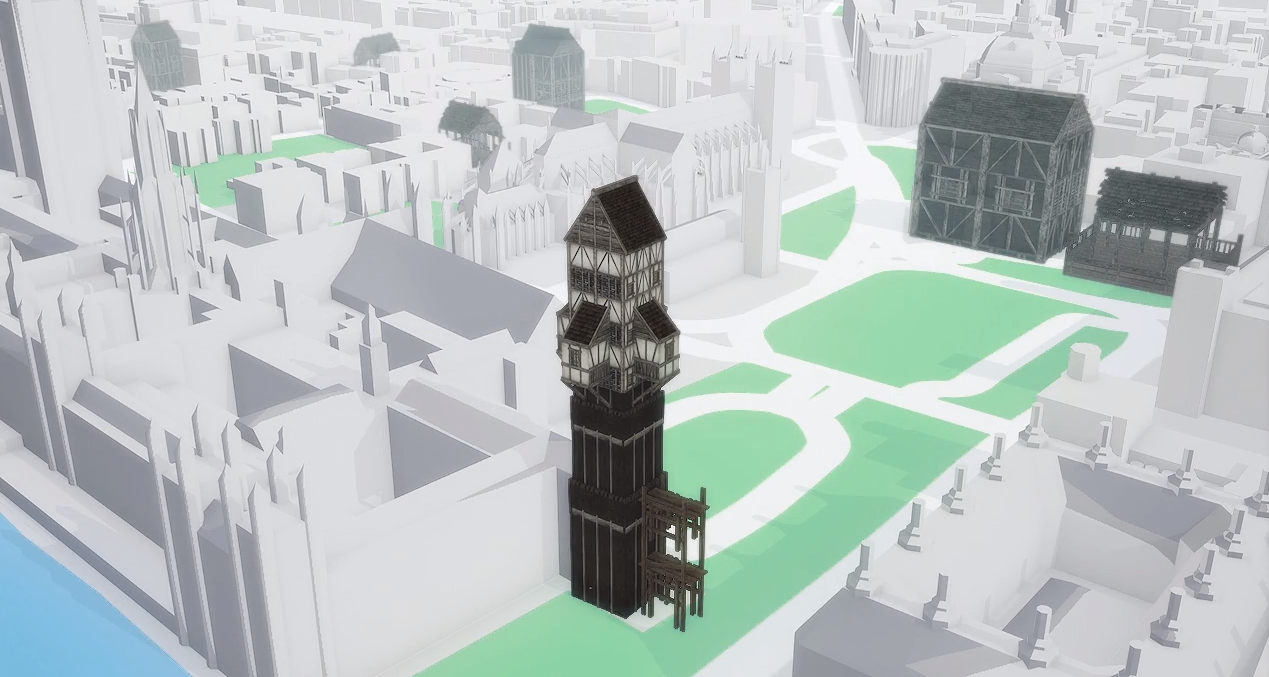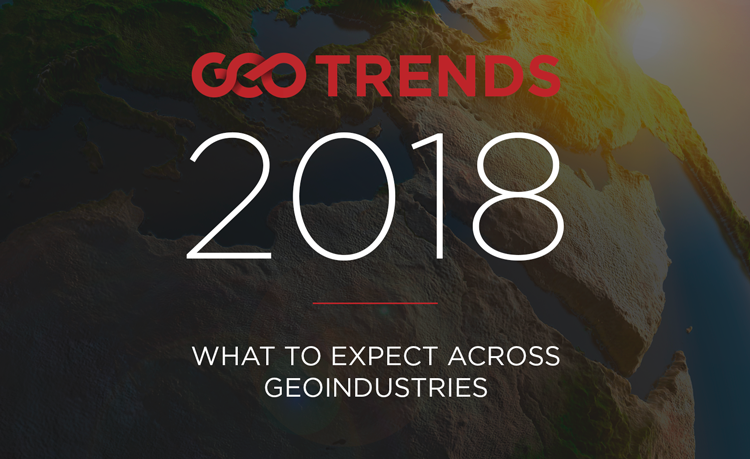
Your next favorite AR game will be built on Google Maps

Apart from London, no Grand Theft Auto game is set in a real-world location. But that hasn’t stopped us from wishing for a chance to experience the thrill of driving a ridiculously expensive car at a foolishly dangerous speed in our own neighborhood, has it? Well, a major geoawesome development could make that dream GTA VI a reality: Google has opened up its Maps API to let developers use real-world maps in their gaming universe.
By using Google’s popular mobile gaming platform Unity, designers can access millions of high-quality structures from over 200 countries and turn them into game objects. Think 3D buildings, roads, cafes, parks, landmarks like the Eiffel Tower of the Statue of Liberty — virtually everything you are oh-so-familiar with — right inside your favorite video game! Google is also offering developers a lot of flexibility by giving them the power to customize colors, textures, and the sizes of these objects.

“Game studios can easily reimagine our world as a medieval fantasy, a bubble gum candy land, or a zombie-infested post-apocalyptic city,” says Clementine Jacoby, Product Manager, Google Maps APIs.
And, of course, game makers will be able to use Google Maps data to zero down on player-friendly and the most suitable places for their desired gameplay. In fact, Google has already started partnering with developers who are using augmented reality with location-based gameplay a la Pokémon Go – the first game which made AR + location a worldwide phenomenon.
The very first games where you will see the magic of Google’s new offering in action are Jurassic World Alive, Ghostbusters World, and The Walking Dead: Our World. Each of the games will merge a popular fantasy realm with the real world to create an immersive experience for the player.
According to HAN Sung Jin, CEO, FourThirtyThree – the developers of Ghostbusters World, “Building game interactions around real-world places at global scale and finding places that are relevant to users and fun to play is challenging. Google Maps APIs helped us incorporate the real-world, user relevant locations into our game. Users from all over the world can experience the Ghostbusters virtual world through our game, leveraging Google’s location data.” Can’t wait!





